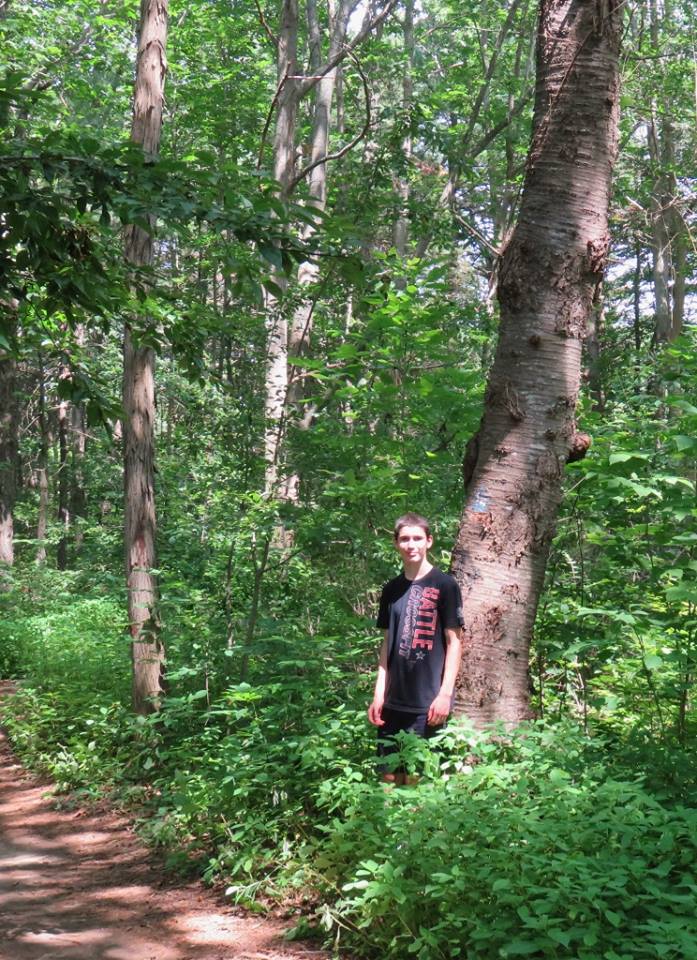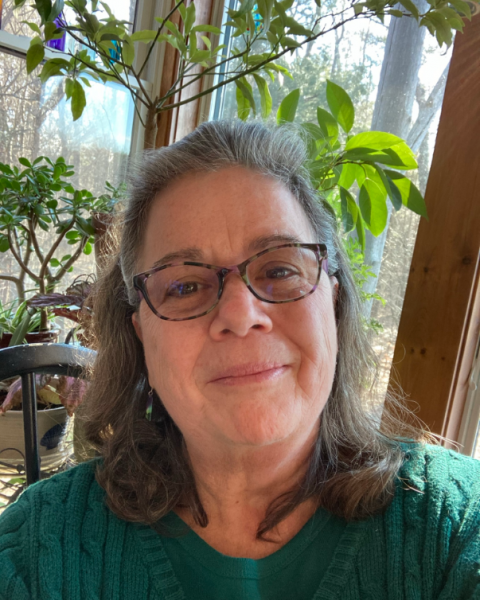Pin Cherries: A Pioneer Species That Prevails
Thickets of pin cherry saplings, burst into bloom in early spring to add unexpected beauty to the most mundane and neglected landscapes. These small trees sprout and thrive in full sun along highways; in abandoned pastures and edges of fields, logging sites and disturbed sites in forests where the trees have been blown down. This first generation of trees are called pioneer species because they prepare the way for the less sun tolerant but longer-lived trees that follow. This is the first phase in the process of forest succession.
The pioneer species (Prunus pensylvanica) are intolerant of shade, and when shaded out by taller hardwoods their rapid growth slows and they die back. Along with pin cherry, birches and poplars, white pine and red cedar grow in similar open sites that often have poor soil. The pioneer trees also help to enrich the soil by adding a layer of humus or duff to the topsoil as the tree leaves, needles, twigs, branches and eventually the tree trunks fall to the ground and rot. Underground, the root systems loosen compacted soil and the continuously sloughed off roots become compost in the soil. The roots also take up runoff water and help to stabilize soil, an important function in preventing soil erosion in disturbed sites. Pin cherry trees can survive in poor soils like the sandy soils common in NH because they tolerate drought surviving long dry spell without water. Since they grow along roads and highways, they apparently tolerate road salt too.

Odiorne State Park, Rye, NH (July 2017)
Circumference 134", Height 58'
But because they are very intolerant of shade, they only live 30 - 35 years. Huge pin cherry trees are unusual. To compensate for their short lives, they begin to flower and fruit at a very young age, so even small saplings can be loaded with pretty blossoms. With this early start, pin cherries produce an enormous amount of seed during their short lifetimes. Birds eat the juicy cherries and spread the pits that pass through their digestive tract as they are dropped to the ground under their perches. Bird cherry is another common name for the tree. The seed pits remain viable for many years – up to 50 to 100 years. This is longer than the life expectancy of the tree! This is why pin cherry is also called fire cherry. After a forest fire, the dormant cherry pits buried under years of accumulated forest floor litter and humus will sprout when light can again reach the forest floor; a unique and competitive survival strategy.
Two other cherry species grow in the wild in NH; black cherry and choke cherry. Their lovely individual white blossoms with five petals are similar to those of pin cherry but the clusters of blossoms on choke and black cherry are long tubes or racemes of flowers, while the blossom cluster of pin cherry is more rounded. Choke cherry blooms 7 -10 days before black cherry.
The three trees differ in form and shape. Fast growing pin cherry has straight trunks, with a single leader that shoots straight up to the sun, with many branches loaded with leaves to catch the sun rays. Its distinctive bark is smooth, shiny, and reddish with horizontal lines or lenticels. Choke cherry is more shrub-like, and typically has multiple twisted trunks. Black cherry is the giant of the three and can grow very tall and survive for hundreds of years, developing dark scaly bark. The sequence of blooming times is an aid in distinguishing the three cherry species apart - pin cherry blooms first in April. The clusters of pin cherry flowers open just as the leaves unfold, followed by choke cherry and black cherry providing several weeks of beautiful clouds of blossoms in the NH woodland in the early spring.
All three have typical serrated oblong cherry leaves, but the pin cherry has the most slender and smallest leaf. Black cherry is a bit fatter and choke cherry is fatter toward the tip. The twigs are different: pin cherry has very tiny buds, while black and choke cherry twigs have bigger buds and an unpleasant taste and smell.
Pin cherry’s leaves turn a pretty yellow to orange providing great fall color. However the tree is not used in landscaping because of its short lifespan, and its susceptibility to pests and diseases. Eastern tent caterpillar makes webbing masses filled with larvae in forks and crotches of cherry trees in the spring, and the fall webworm makes cotton candy-like masses near the tips of cherry branches in the fall. Although not harmful to the tree, they are unattractive. The fungal disease black knot, causes disfiguring clumps of black growth on the branches and is also ugly.
The fast growing tree produces wood that is soft, porous and of no commercial value aside being mixed in with pulp wood. The trees don’t get big enough for lumber, and the branchy form makes the wood full of knots. The wood can be used for firewood for home use.
Be on the lookout for the first tree blossoms this spring. If the tree, sapling or shrub has blossoms with round petals and a reddish trunk it is pin cherry. But if you find blossoms with white stringy petals on a tree with grey bark and leaves not visible yet, it is amelanchier, or serviceberry which blooms as early as March.
If you find an unusually large pin cherry, over 30 feet tall with a trunk over a foot in diameter, you can nominate it for measuring. Find out more about How to Nominate a Big Tree.

